The Battle of Elegant Time-Only Watches Part 3 – Drive de Cartier Extra-Flat vs. Grand Seiko SBWG231 – The Verdict
Two radically different watches from opposite corners of the globe contend for the title of the most elegant time-only model.
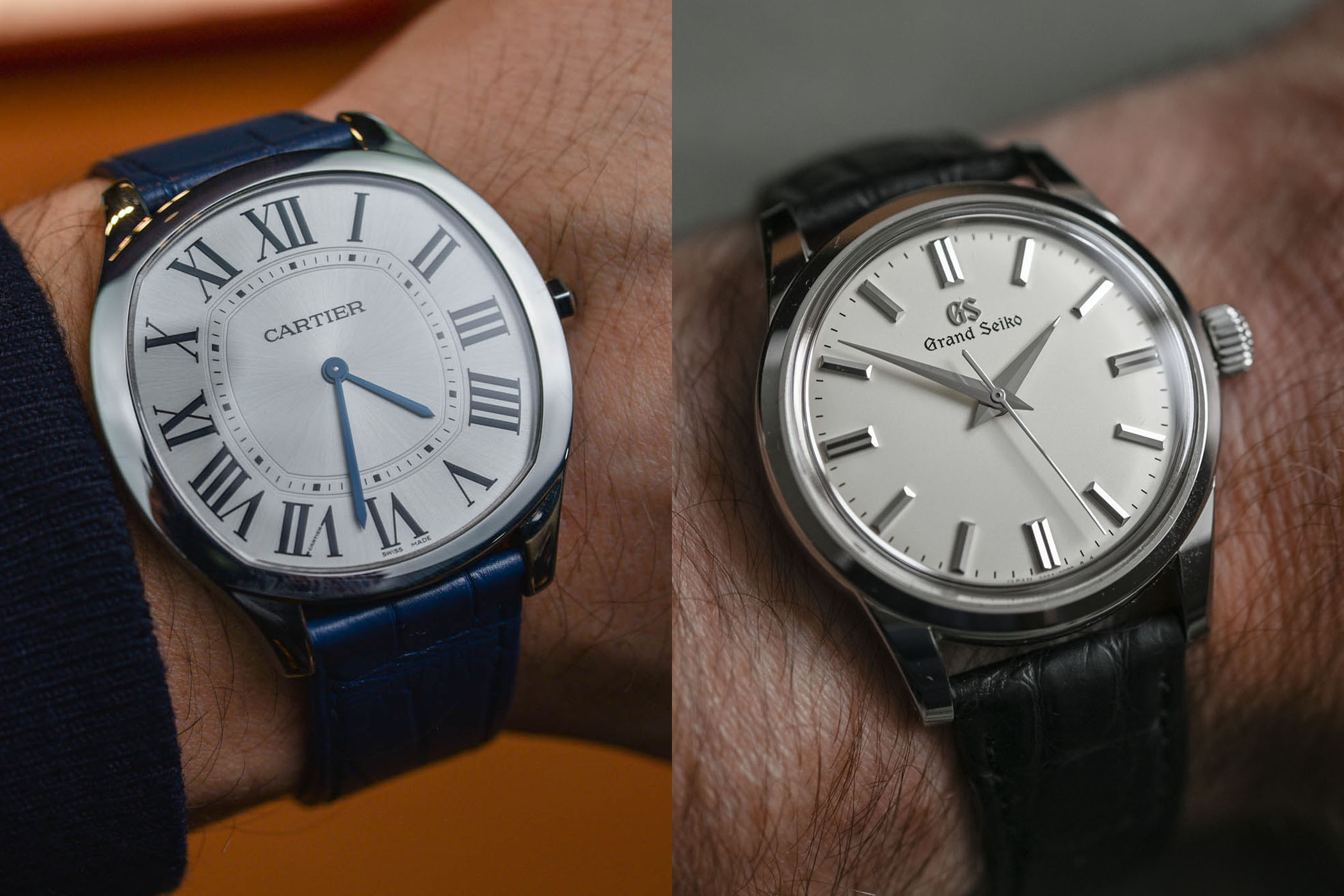
There are moments in life that call for an elegant, time-only watch. Situations in which a strapping tool watch with protruding pushers and a glowing dial won’t look quite right. If you are in the market for a handsome, straightforward time-only watch we have two very interesting candidates as different in looks as their cultural backgrounds. The Drive de Cartier is a très French take on elegance and refinement; the Grand Seiko SBGW231 is also a very elegant and refined watch but interpreted from a Japanese aesthetic. Let’s put them side by side and gauge the strengths and weaknesses of each watch before we formulate a verdict.
Case size and presence on the wrist
The Drive de Cartier Extra-Flat has a diameter of 39mm and a case height of 6.6mm, proportions that categorically affirm its status as a dress watch. The cushion-shaped case of the Drive spells Cartier over and over again and seems to have been a member of Cartier’s renowned family of shaped watches forever (note: the Drive collection was introduced in 2016). The case is superbly proportioned and its smooth, rounded edges and gentle cambering allow the watch to sit on the wrist like a second skin. It is slim but not anorexic like some other models on the market today with enough weight and presence to make itself felt. The finishes are satisfactory with a polished bezel and lugs and horizontal brushing on the flanks of the case and sealed case back. In keeping with a very Cartier tradition, there is a blue cabochon in the crown.
The Grand Seiko SBGW231 has a diameter of 37.3mm and a case thickness of 11.6mm. The diameter will please purists although they might argue that the thickness of the case disqualifies the GS as a perfect dress watch. There is nothing revolutionary about the shape of the round case until you discover the exceptional finishes of the metal. Like a gleaming Japanese katana sword, the Zaratsu polished bezel and lugs reflect the light like a mirror, with no distortions.
Conclusion: The Drive de Cartier displays superior design flair and proportions but the finishes can’t hold a candle to the Grand Seiko. The case of the GS is less original, more traditional and slightly thicker than the mandates of a dress watch. However, the craftsmanship of Seiko’s artisans brings the metallic scenery to life with finishes that rival and often surpass the crème de la crème of Swiss watchmakers. Design-wise the Cartier is more interesting, finish-wise the GS displays a great deal more attention to detail.
The face of time
Once again, the dial of the Drive de Cartier is quintessential Cartier and all the recognizable family traits are on display: the pronounced Roman numerals, the railway minutes track, the blued-steel hands and the secret Cartier signature on the VII numeral. The dial is a lovely silver-white with a sunburst finish that shines ever so slightly; a clean, minimalist background for the time-only functions.
The dial of the Grand Seiko is also a minimalist, almost frugal affair inspired by the first Grand Seiko model of 1960. In addition to the hour and minutes, this watch has a central seconds hand. The dial is an off-white colour with twelve elongated and applied hour markers and a simple minutes track with black markings. The apparent sobriety is countered by the most exquisite attention to detail on the hour markers and hands. The sharp faceted edges and the polishing bring the details to life as light bounces off their edges. The interplay of light and shadow is very much a Japanese aesthetic touch and adds extraordinary volume and brilliance to the otherwise simple dial.
Conclusion: Two very simple time-only dials that faithfully reflect their provenance. Even if just a portion of the dial was revealed, you would have no doubt about the brand behind the Drive de Cartier Extra-Flat, and the same could be said about the Grand Seiko. It too conforms to a set of strict rules and design tenets laid down in 1967 by designer Taro Tanaka for the Grand Seiko family.
Movement
The Drive de Cartier Extra-Flat is fitted with a hand-would calibre (430 MC) based closely on Piaget’s ultra-thin 430P. Beating at 21,600vph, the power reserve is of 36 hours. Although you can’t see the movement and the power reserve is on the short side, these are a fair trade-off for the svelte profile.
The movement of the Grand Seiko is visible under the sapphire crystal case back and is entirely made in-house with in-house components to Seiko’s exacting (above COSC chronometry) standards. Calibre 9S64 is a hand-wound movement with a 3-day power reserve calibrated to an impressive precision rate of -3 to +5 seconds a day. The balance spring is shock-resistant and anti-magnetic and the time setting functions are enhanced with a stop-seconds function. The bridges are decorated with Seiko stripes that pick up the light/shadow theme of the dial.
Conclusion: No debate here. The Grand Seiko wins hands down in this category offering a superlative manual-winding movement with additional stop-seconds functionality, longer power reserve and superlative decoration (but a thicker profile too). If you want to nitpick, the lack of a power reserve indicator on the GS might be a con.
Price and Availability
The Drive de Cartier Extra-Flat in steel retails for EUR 5,650 or USD 5,600 (excl. sales tax). The Grand Seiko SBGW231 retails for USD 4,300 and is currently quite hard to find in Europe.
Conclusion: The price of both models reflects their entry-level status. Given the prestige of both brands, the price is not exorbitant in either case.
Verdict
Editor’s note: keep in mind that the verdict here is based on Rebecca’s personal preferences.
The Drive de Cartier and the Grand Seiko are two ambassadors of exceptionally good taste and breeding. They are products of their respective cultural backgrounds and as such transmit different sensations and core values.
If we gauge mechanical prowess, precision, and execution of finishes, the Grand Seiko wins hands down. The watch might look disarmingly simple and perhaps a little cold at first, but it is a true representative of Japanese aesthetic taste where discretion and elegance are key and craftsmanship a matter of national pride. It is a watch that needs to be discovered and appreciated. I know that it took me time to warm to its stark aesthetics, but having discovered the wonderful details it has found a place in my heart.
But, and this is a big “but”…the ultimate arbiter in this battle is taste. And no matter how hard a sell I’ve made for the Seiko, there will be many of you who are happy to swap the technical superiority and superlative finishes of the Seiko for the more eloquent, chic beauty of the French candidate.
As you can see, the verdict is not written in stone for the simple reason that these two watches are not meant for the same kind of collectors/customers. Their designs will reflect the personality of the wearer and there are no bad choices, just different tastes. I can’t blame anyone for having a preference for the Seiko – the execution and price/quality ratio are unbeatable. Still, I can’t blame someone whose heart cries out for the Cartier as it oozes elegance and an old-European sense of taste. In any case, these two watches are excellent choices for someone on the hunt for an elegant, discreet time-only watch with great pedigree.
Looking forward to hearing your thoughts on this one!

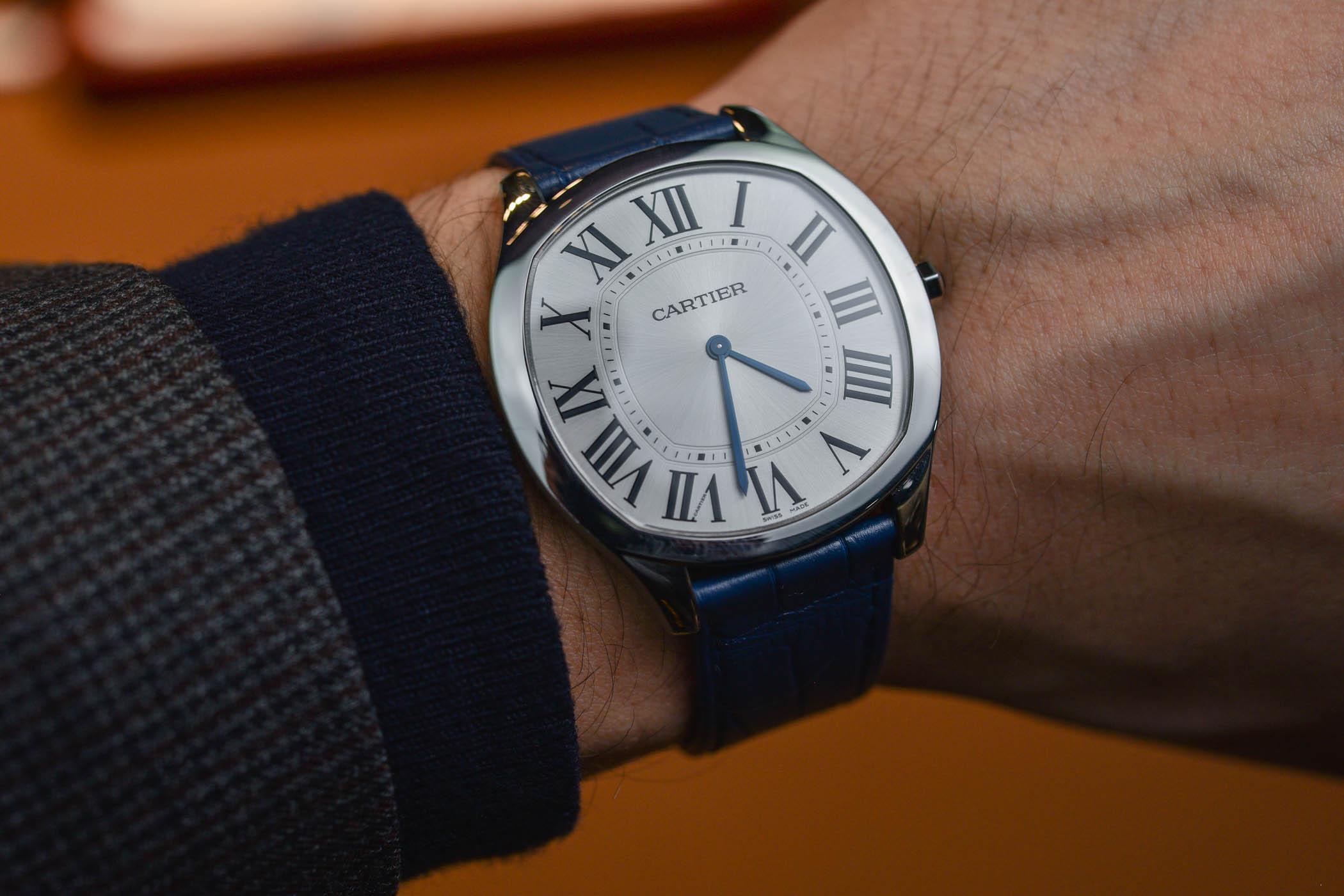
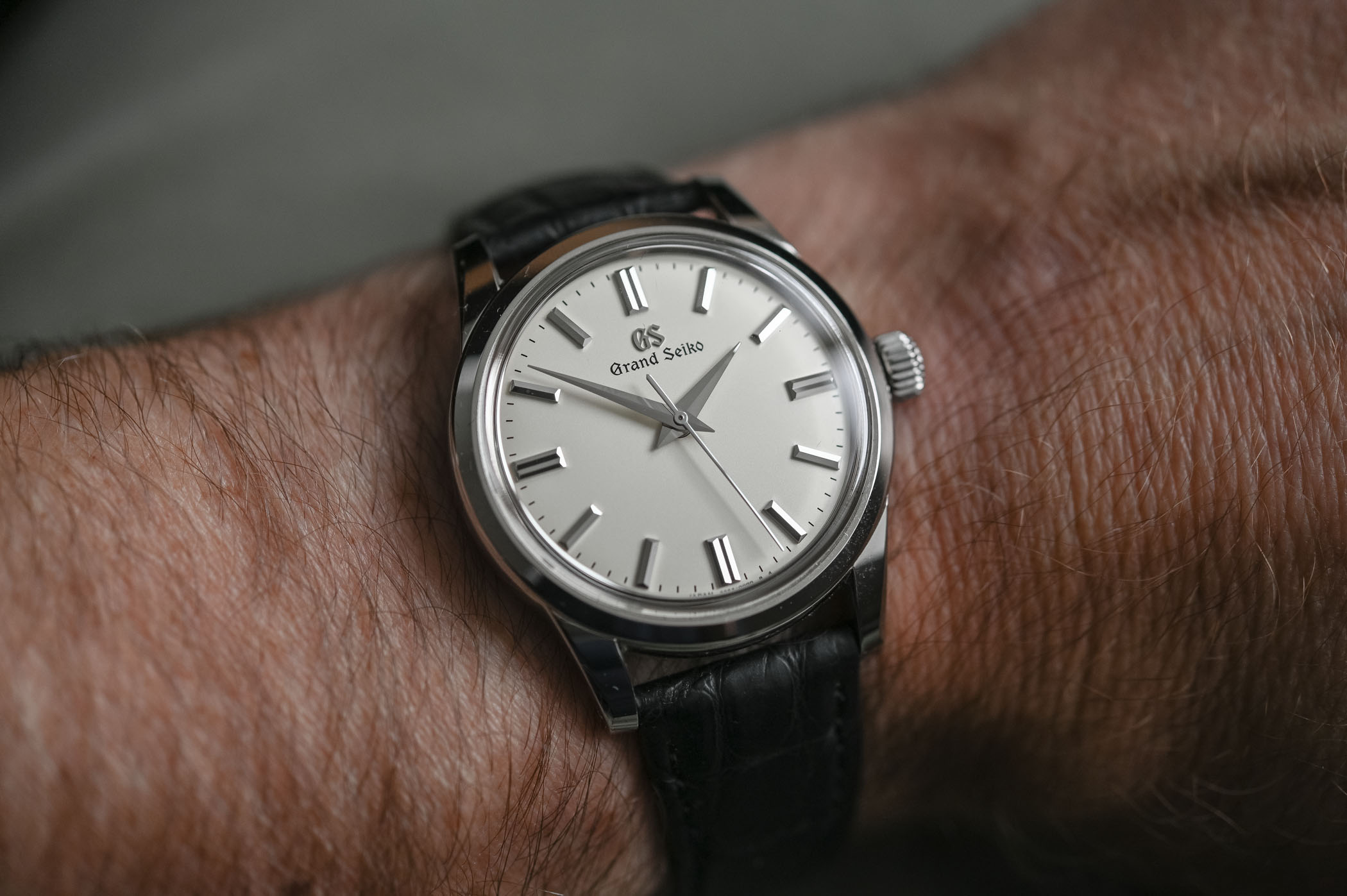
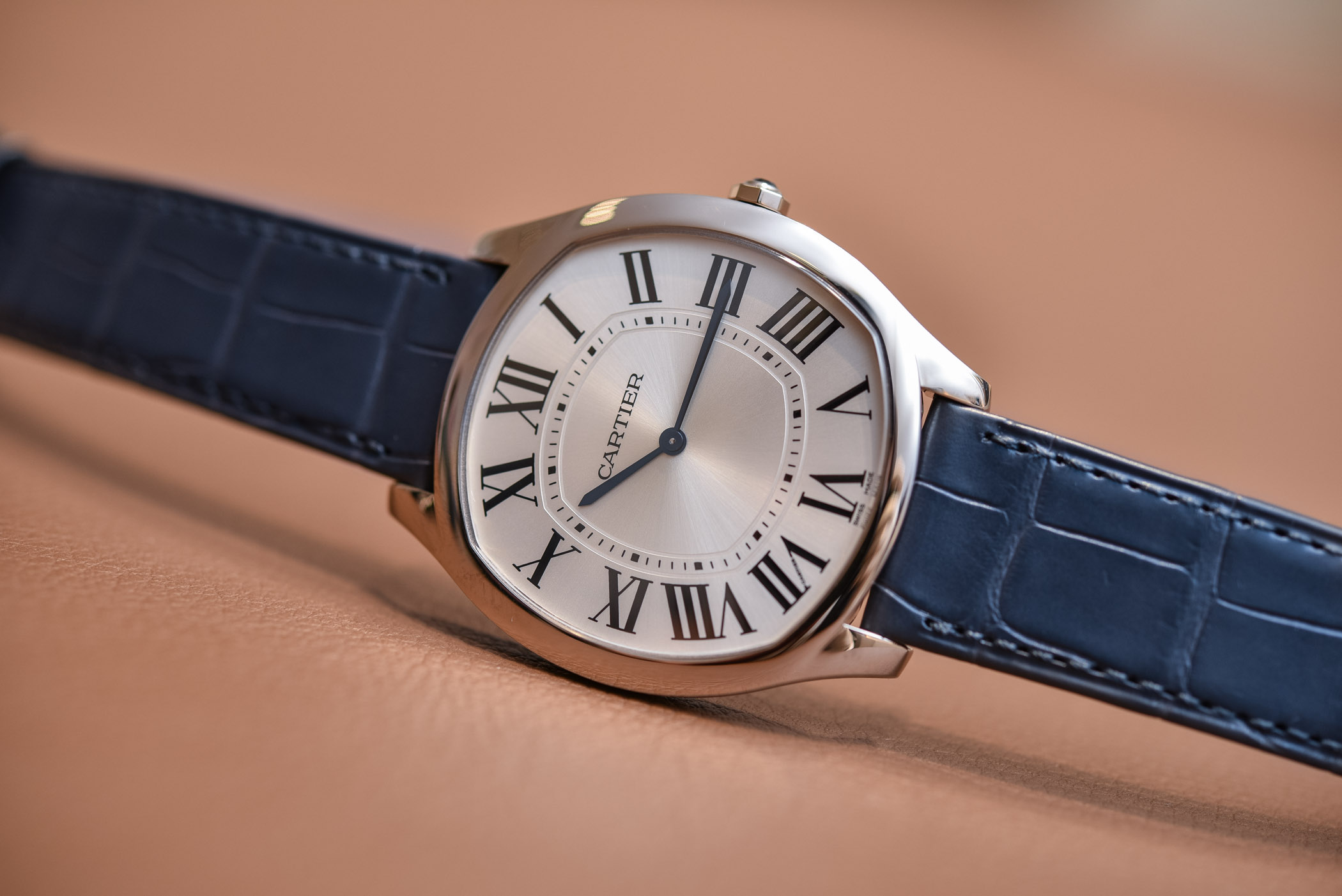


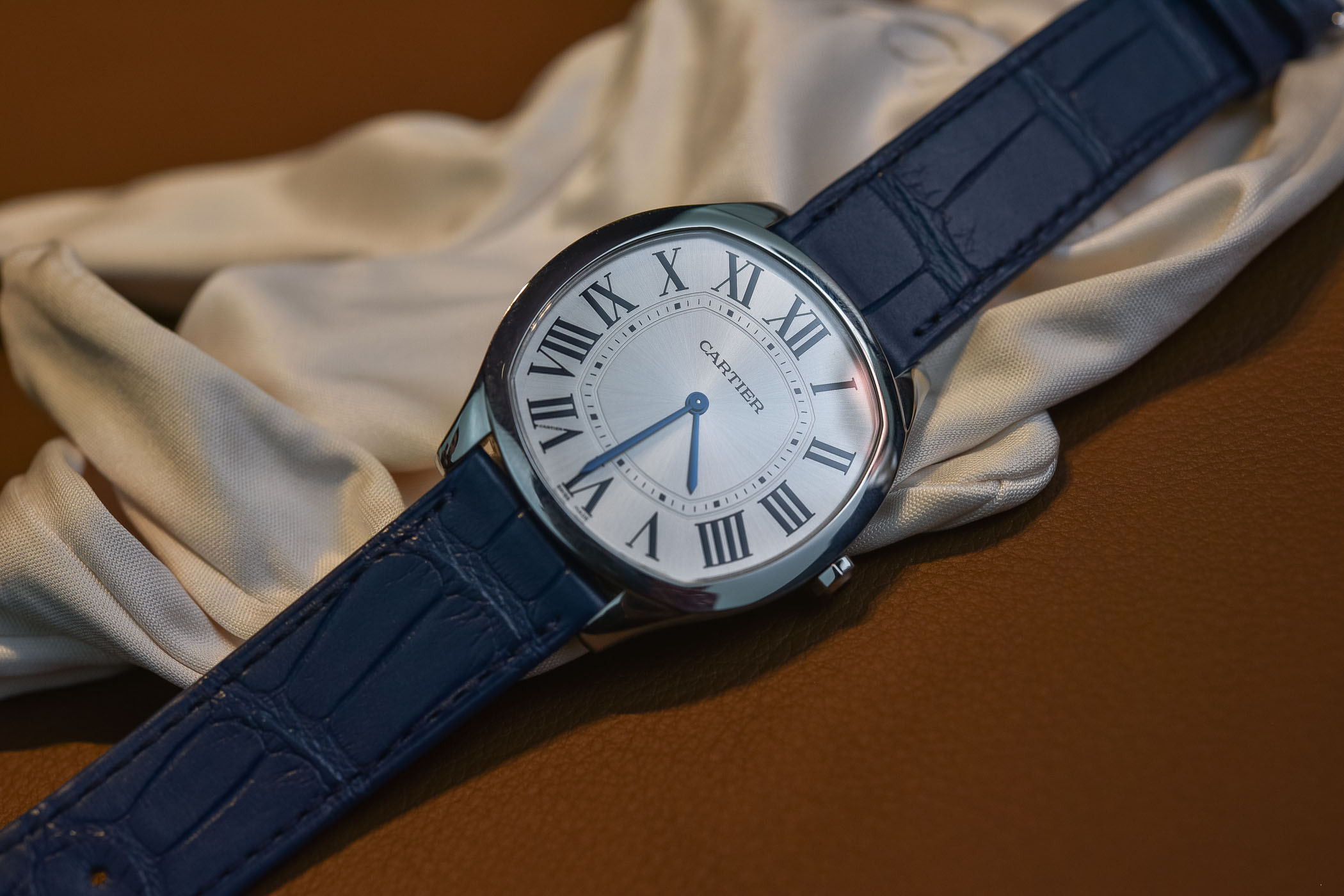
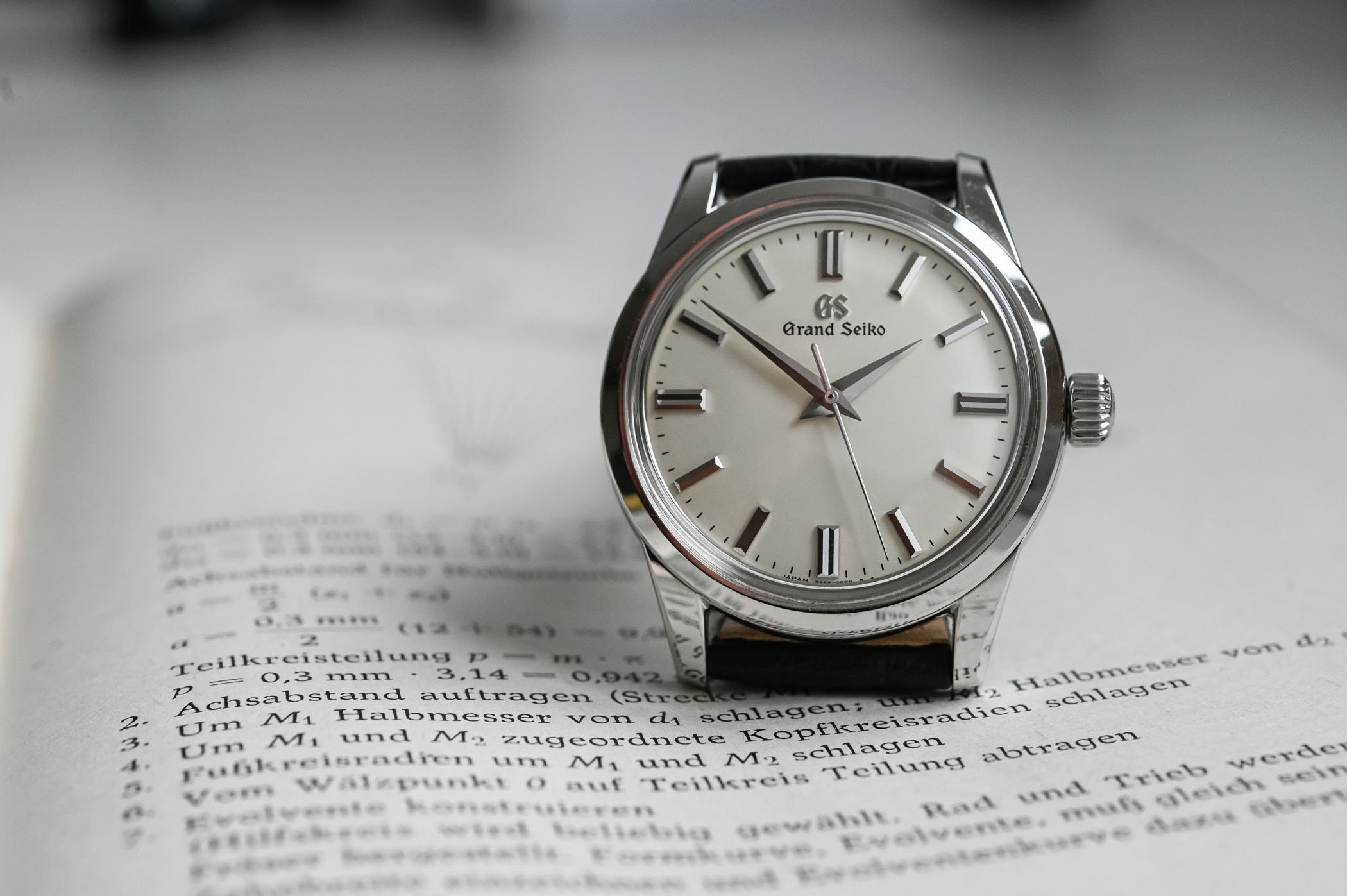
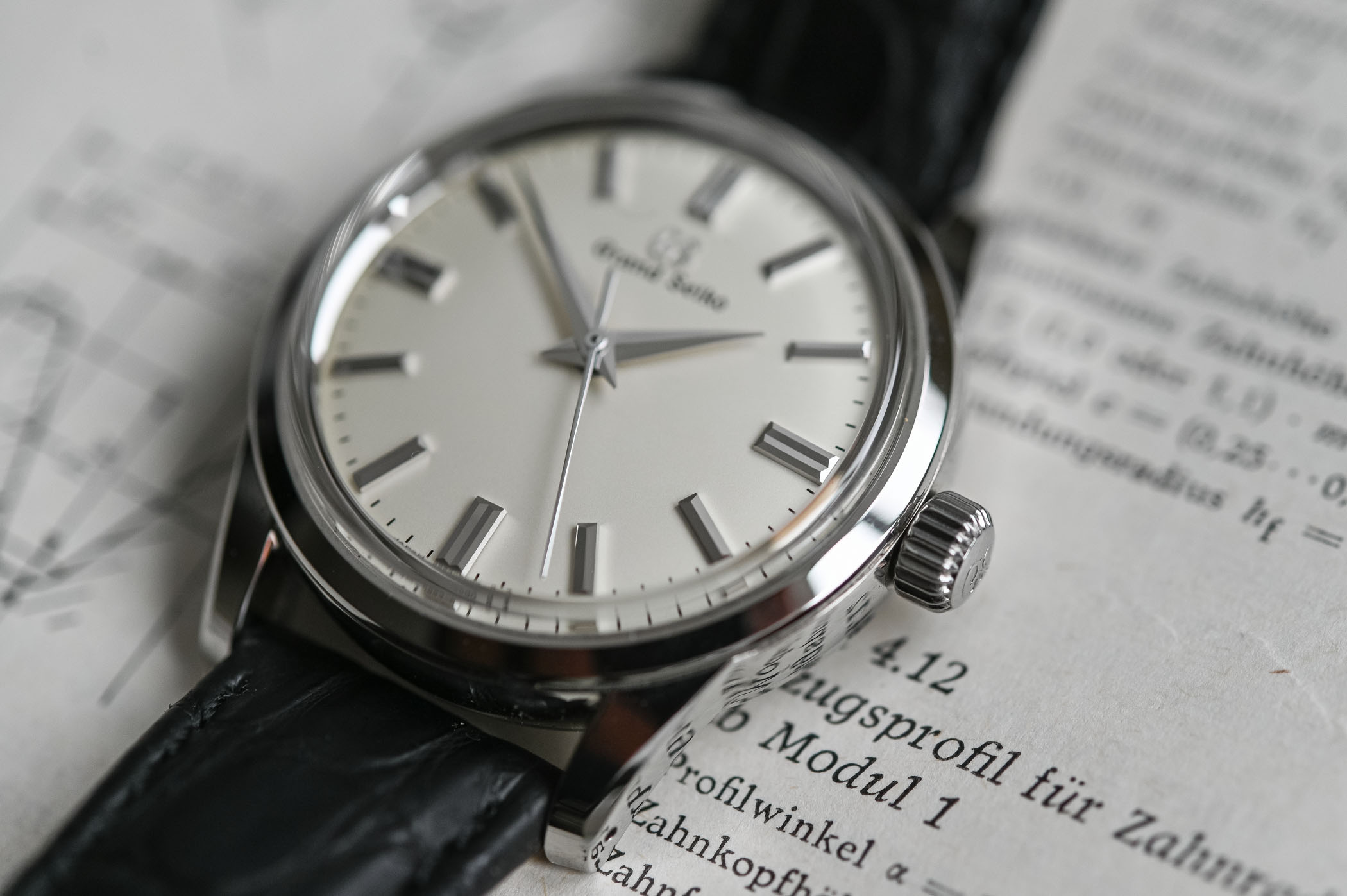

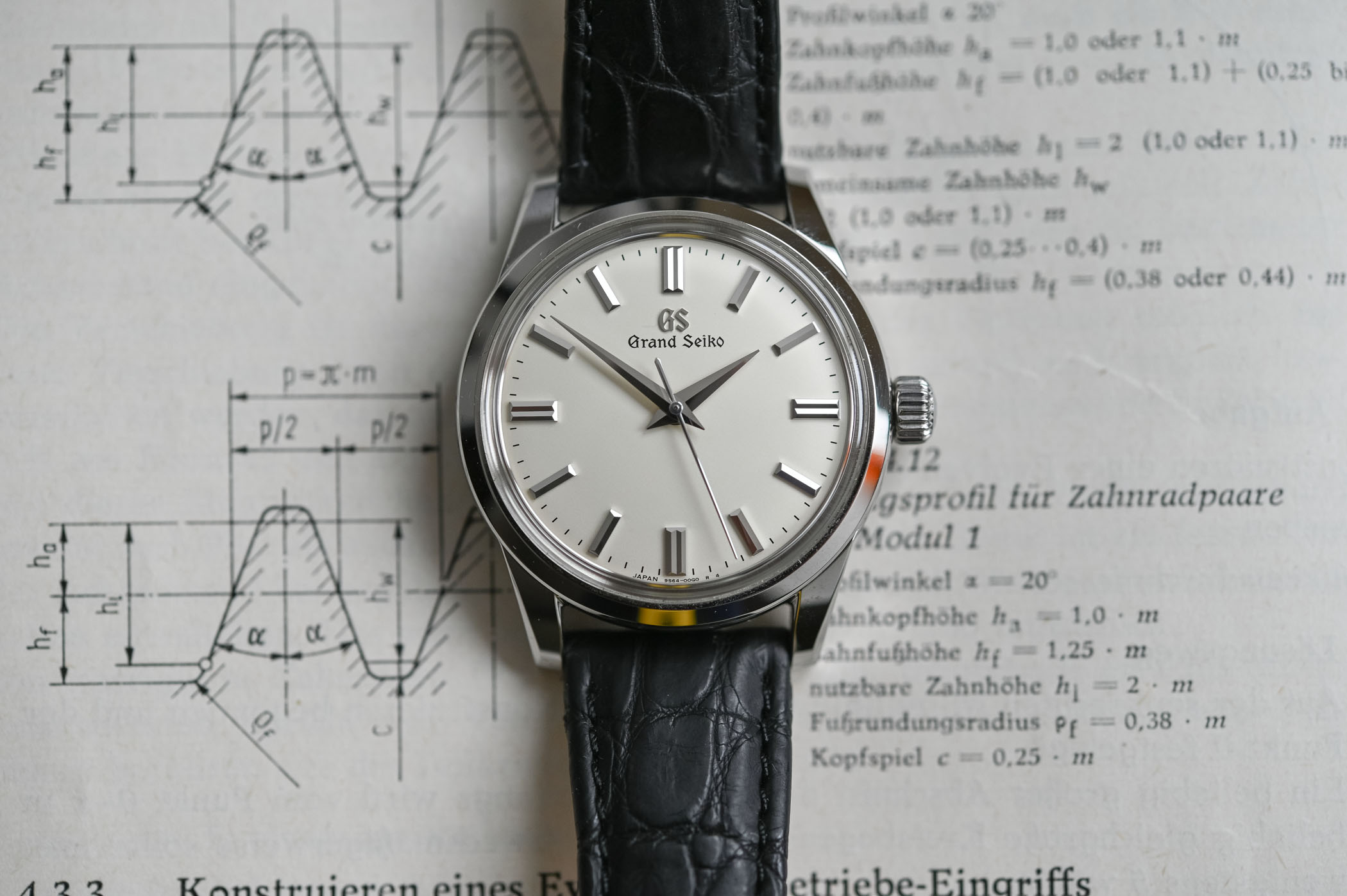

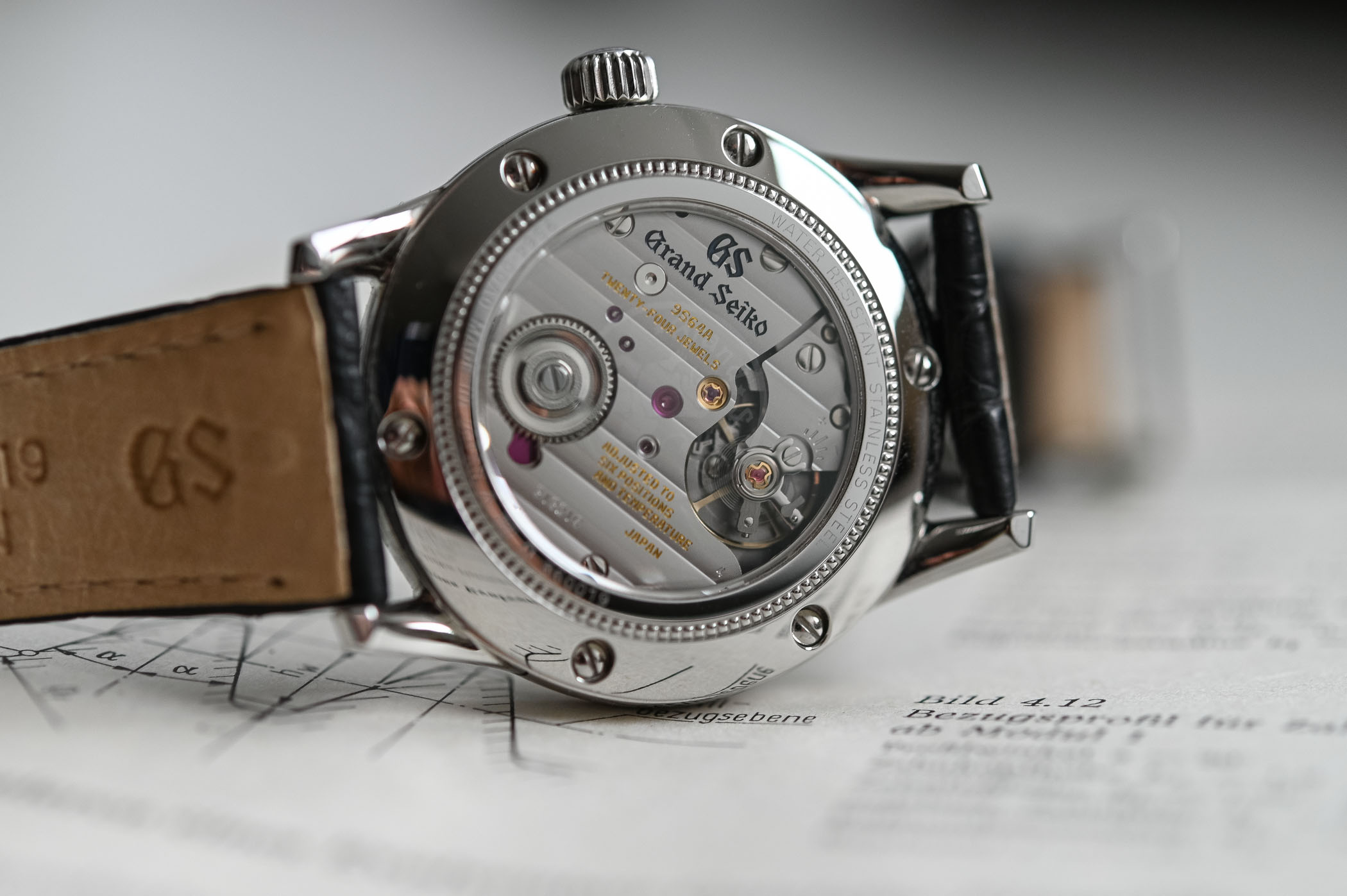

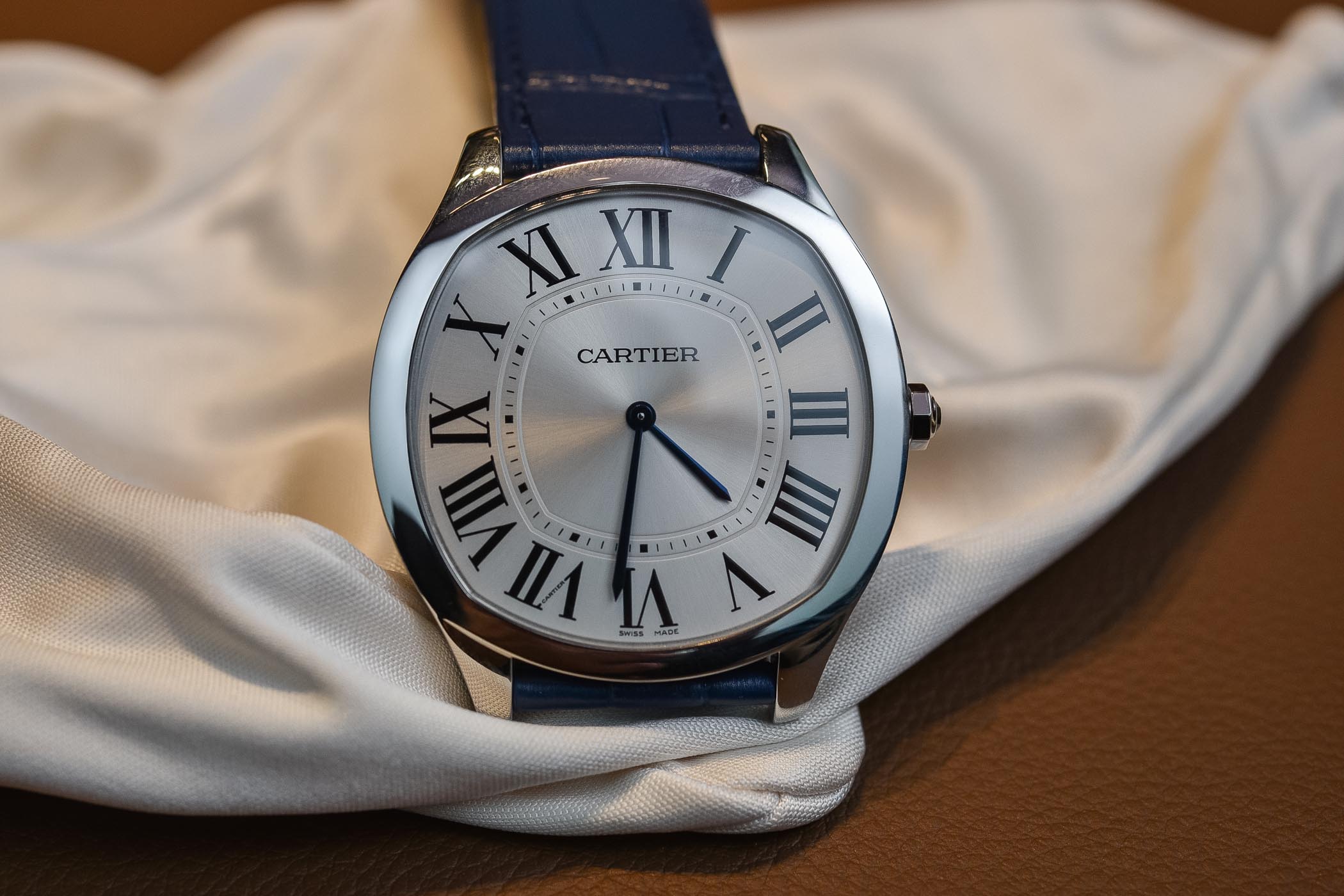
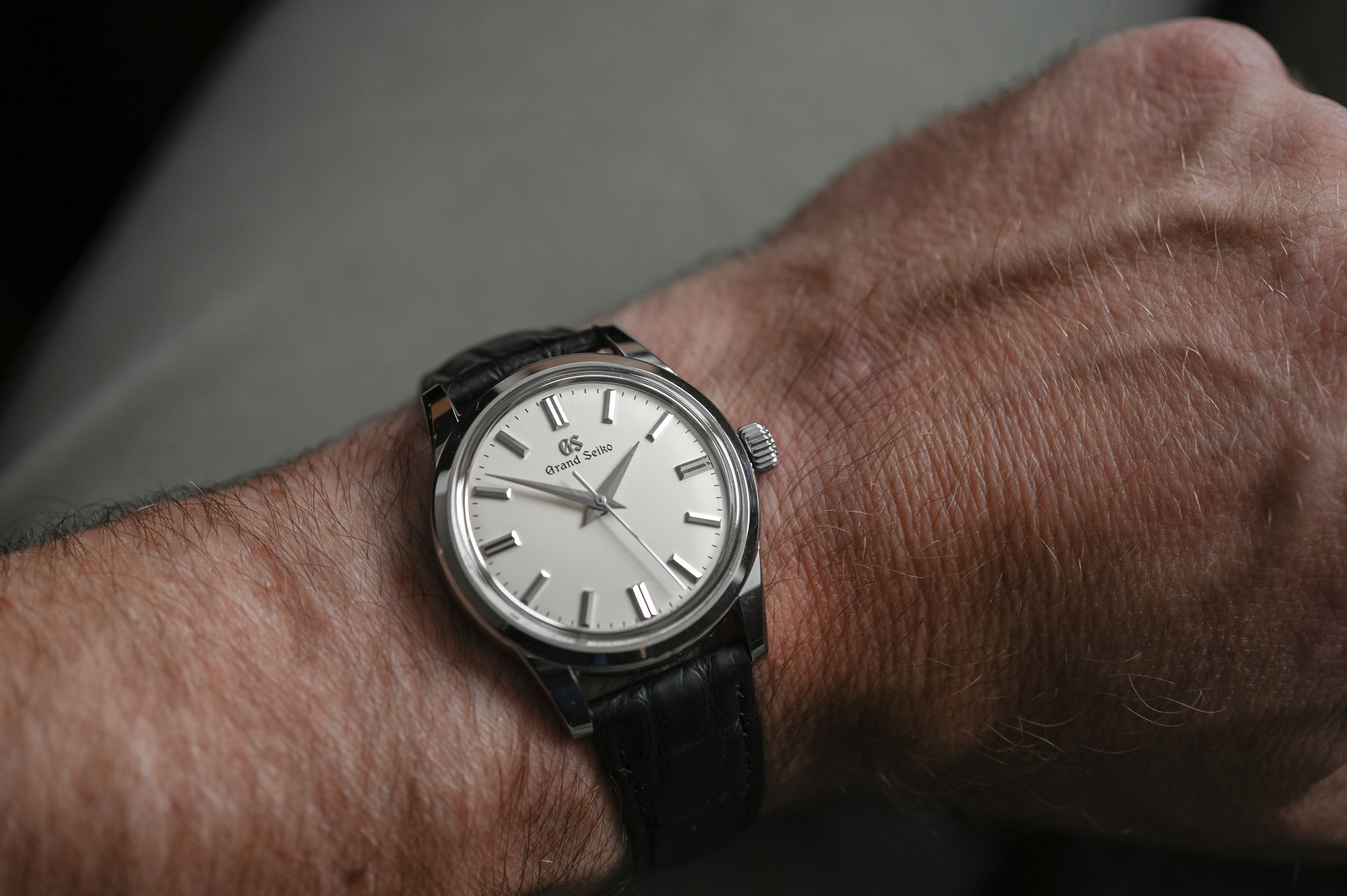
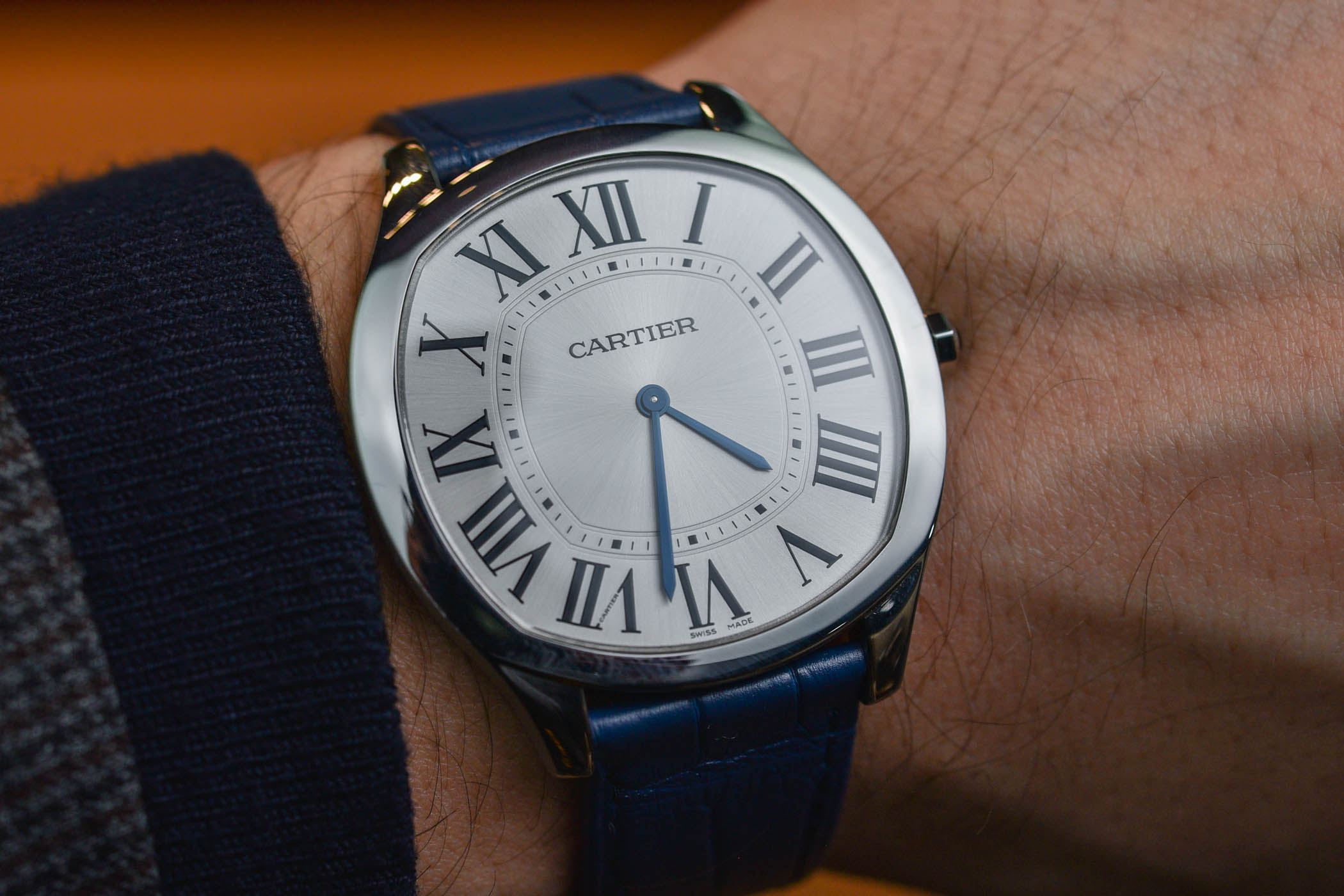



18 responses
You’re definitely right about them being a bit too different in style to warrant a definitive verdict.
I’d go for the Cartier because it’s more my style, and thinness is an absolute deal breaker on dress watches for me. But if that GS had been ~8mm, then all its positives would probably have overridden my usual style preferences, and I’d have gone for that instead.
The Grand Seiko SBGW231 blows the Cartier away with its simple elegance and purity of design.
It’s hard to appreciate the GS until you try it on. Photos just don’t do it justice.
The GS looks like a Lange that is missing one dial element. I would go for the GS and pine for the Cartier. Actually I have no idea. It would probably depend on my mood on the day, or who I was with or even what I had for lunch. The WIS answer is simple.
Buy both.
How is it possible GS can’t get their watches thin? It’s a time only movement, I have day-date watches that are thinner than that.
The one does not need to exclude the other. I am the proud owner of a SBGV239 quartz piece with a 44GS case. Then I own a Nomos Ahoi Atlantik for my bauhaus kicks, but I lust after the old school luxury of a Cartier as well. The Drive with small seconds and the Tank Americaine stand out as the epitome of good taste.
To my mind, Nomos, GS and Cartier eschew the vulgarity of certain other brands and designs in their own unique ways, and I consider all of them thinking man’s watches.
@Jarstar Don’t ignore the thickness of their beautifully finished hands. Most hands in the industry are just a slim sheet of metal.
Whenever I think of buying a Cartier a little voice in my head whispers, “Jaeger le-Coultre.” You can buy a Reverso for just a little bit more than that Cartier. So I suppose I’d go out to buy the GS, get distracted by the Cartier, then head over to JLC and (ideally) end the day with an 18 year old Talisker, a roaring fire and a good book.
You tried the 10yrs Ardbeg? Almost as much phenol as a bottle of TCP, but my god it’s good.
@JAGOTW… that’s exactly what I did. Got myself a Reverso 1931 and last year this lovely GS.
@Gil… I prefer Laphroaig, no clue how much phenol it contains, but my god that’s also very good!
Oh yes, Laphroaig! That was the first very ‘peaty’ whisky I ever tried. Gorgeous.
My observation (not that it matters too much, I can’t afford a watch that costs more than $500, and to buy a second one, I would have to sell the first one)… this is the most relevant of these battles you published. All are interesting to read, as all your articles, but this one makes the most sens. Let me explain.
In case of the two high end battles, the Ferrier vs Lange and Patek vs Lange, comparing them is “meaningless”, because anyone who can spend $50K on one watch can spend another $50K on a second watch, if he or she wants to. I know this is not a buying guide, and you can find another 50 watches for $50K each, but still, that’s my feeling
The comparison between the Ferrier and the Lange is still cool to read, though, because the watches have the same complication but are very different, of course.
Patek vs Lange… the differences are so marginal… the watches are so alike… yeah, it’s my ignorance talking, but that’s how I feel looking at them. Besides, any gadgets at this level are so spectacular that it doesn’t matter if my mclaren is 0.2s faster in the lab than your ferrari.
Battle between the Omega nad the Rolex is… meaningless and well, boring. These watches are soooo.. “cliche”… and so comparable, the question is: you like blue or black? Sure, they are both classics and great but so obvious, yes, cliche, someone who can afford a watch at this price and buys one of these *yes, likes classics and so on, but) lacks imagination, personality.
Now, the Cartier vs Grand Seiko… this IS interesting. These “simple” watches both serve the same purpose, are similar, yet very different. In two words: Seiko is a watch, Cartier is jewellery. I admit, I have a personal weakness for Seiko, from my childhood. But your conclusion is very accurate. Why these watches are so much better than Omega and Rolex is that they have personality, and this personality exactly reflects their origins. The Seiko is very Japanese, with it’s perfection, mechanical and aesthetical, it’s beautiful, yes, but it is still a mechanical tool for measuring time. It’s discreet, understated, simple. The Cartier is very French, flamboyant, extravagant. It could even lose 5 minutes on an hour and you could still wear it to a cocktail party and it would be fine, more than fine.
They are both very special.
I prefer a Porsche to a Lamborghini, so I go with the Grand Seiko every day of the week.
The last time I tried Ardbeg, I hated it. Similarly, I have not drunk Laphroig in a very long time. My tastes veer very much to the sherry cask and highland dram. But I did buy a bottle of Port Charlotte a few months ago and quite liked it. And I wish Lagavulin had a bit more oomph these days.
Love the shape and style of the Cartier, will buy one but probably in rose gold. If the GS had a proper case thickness for the case size, so <10 mm instead of the thickness of a Submariner I´d love to add it to my rotation as well.
The Grand Seiko is an exercise in restraint, and beautiful. Kind of utilitarian and we should all own something like it. I would have loved narrower hour markers to add some finesse. Done right it could have been minimalist and sexy. It’s not a standout and could be while still following the standards. I have a King Seiko, albeit it smaller, that’s looks very much like this one.
The Cartier is no wallflower. It’s pure class and exactly what I’d want popping out from under a suit and shirt sleeve. That case shape for starters.Then the large Roman numerals command the show and they’ve left an appropriate amount of white space to allow the blued hands to do their thang. The chapter ring is a truly elegant detail to finish. My only meh moment, the sides of the case not being a high polish like the top. And the blue strap… I’d compromise with charcoal suede to make it more versatile.
Both have their virtues. It’s really a matter of knowing what you love.
As a Grand Seiko fan and owner of 3 modern pieces and a few Grand Seiko, King Seiko and Lord Marvel vintage predecessors, I would buy this GS in a heartbeat – except for that damn marquis which is just too high!.
It really spoils the dial for me and as much as I would like a moderate cost manual wind GS, if I bought this reference. I’d be unhappy every time I looked at the dial. What a shame.
Much has been written about Seiko being a truly vertically integrated manufacture , one of very few .
As a G S owner I really like their watches , modern & vintage , BUT , a true high end , long established manufacture should be able to make a movement which meets , or comes close to , an ultra thin specification , even if it is just for one or 2 models . The thickness of modern Grand Seikos continues ,
to me at least , to be where the Japanese Manufacture lags behind the Swiss .
Can anyone confirm what I suspect: that GS calibres are simply more robustly made than most?